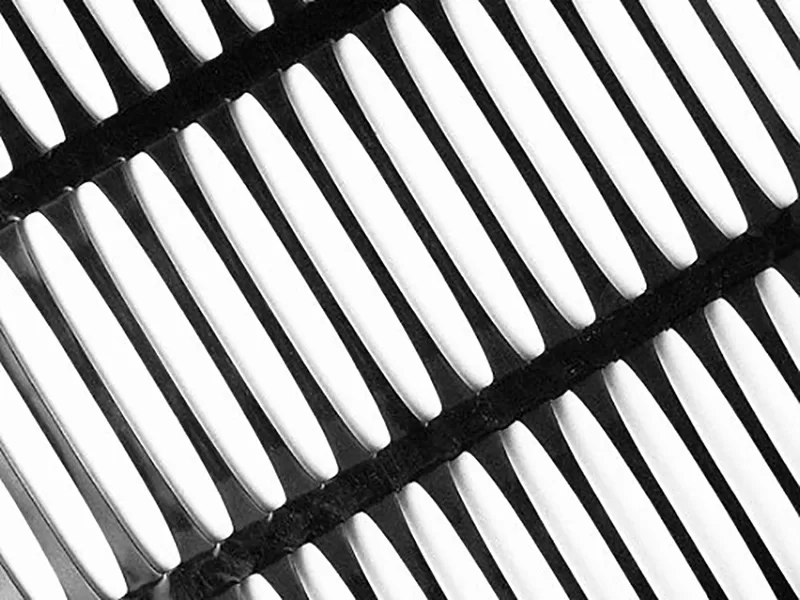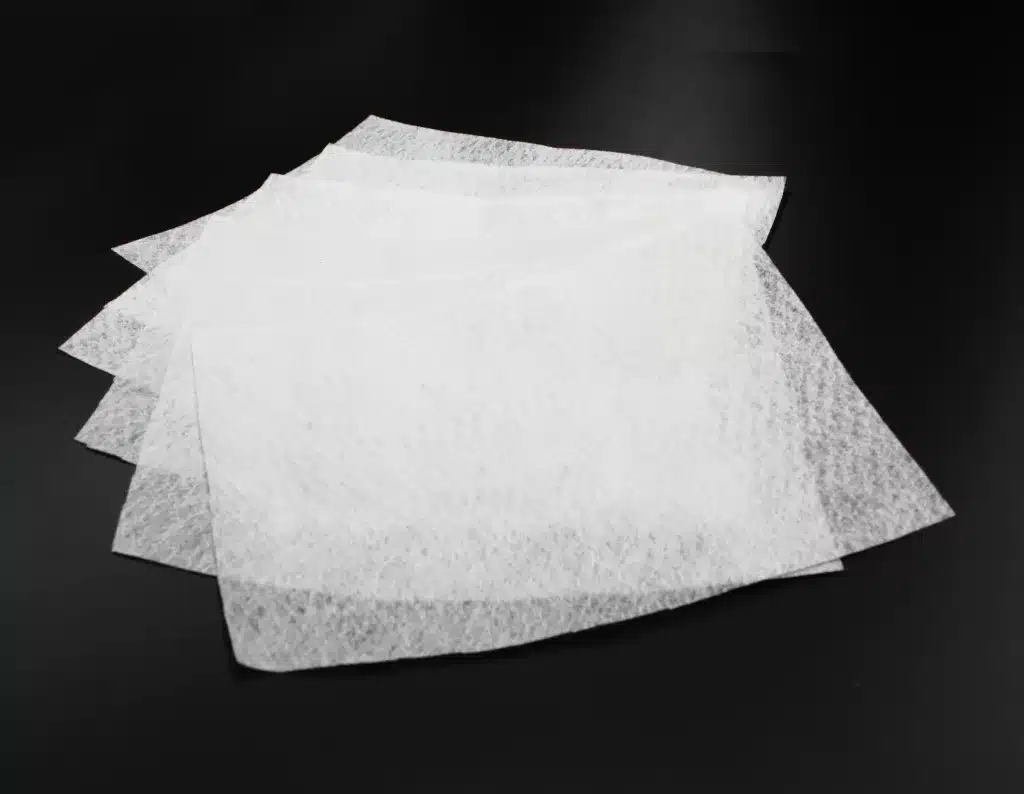+86-159 9860 6917
info@geofantex.com
geofantex@gmail.com
+86-400-8266163-44899
Slope stabilization is critical to modern engineering, particularly in areas prone to erosion or landslides. Geosynthetics, including various forms of slope stabilization matting, offer innovative, efficient solutions for maintaining and securing sloped terrains. This article explores the role of geosynthetics in slope stabilization, delving into how these materials are used to reinforce soil, prevent erosion, and ensure infrastructure longevity.
What Are Geosynthetics for Slope Stabilization?
Geosynthetics used for slope stabilization are synthetic materials that reinforce soil, control erosion, and improve slope stability, especially in areas prone to landslides or water-related degradation. Key points include:
- Types of Materials: Common geosynthetics include geogrids, geotextiles, geomembranes, and geocells, each serving specific functions in slope protection.
- Soil Reinforcement: Geogrids provide tensile strength, holding soil in place and distributing loads evenly, while geocells confine soil within a cellular structure to enhance its resistance to movement.
- Drainage and Filtration: Geotextiles allow water to pass while filtering soil particles, preventing erosion and maintaining permeability.
- Erosion Control: Geosynthetics protect bare slopes and support vegetation growth, reducing soil loss during heavy rainfall or water flow.
- Durability and Cost Efficiency: These materials are long-lasting, cost-effective, and adaptable, providing both immediate and long-term slope stability solutions.
In summary, geosynthetics are essential tools in modern slope stabilization, offering structural support, erosion prevention, and improved drainage, making them indispensable for safe, sustainable, and durable slope engineering.

How to Stabilize Steep Slopes?
Stabilizing steep slopes requires a combination of engineered solutions and natural techniques to ensure long-term safety and erosion control. Key strategies include:
- Terracing or Benching: Cut the slope into flat or stepped sections to slow water runoff and reduce soil erosion.
- Retaining Walls: Construct stone, concrete, or timber walls to hold back soil and provide structural reinforcement.
- Erosion Control Blankets or Geotextiles: Install geosynthetics to protect exposed soil, retain sediment, and support vegetation growth.
- Vegetation Planting: Use deep-rooted grasses, shrubs, or ground cover to bind soil and absorb water, enhancing slope stability naturally.
- Geogrids or Geomats: Reinforce soil layers, improve load distribution, and reduce movement on unstable slopes.
- Drainage Systems: Implement surface or subsurface drains to prevent water accumulation that can weaken the slope.
- Slope Regrading: Reduce the angle of the slope where possible to improve natural stability and minimize erosion risk.
Combining mechanical reinforcement, geosynthetics, and vegetation usually provides the most effective and sustainable slope stabilization. Site-specific evaluation is essential to determine the optimal mix of methods for safety, durability, and cost efficiency.
What Are the Most Common Methods of Slope Stabilization?
- Geogrid Reinforcement: Strengthens soil by distributing loads and holding soil layers in place, reducing displacement and enhancing slope stability.
- Retaining Walls: Stone, concrete, or timber walls provide structural support to prevent soil movement, often combined with drainage systems for effectiveness.
- Hydroseeding and Vegetation Planting: Deep-rooted grasses, shrubs, or ground cover bind soil, absorb water, and reduce erosion naturally.
- Erosion Control Mats and Geotextiles: Protect exposed soil, retain sediment, and support vegetation growth on slopes.
- Soil Nailing: Steel rods or anchors are inserted into the slope to reinforce soil and prevent sliding in steep or unstable areas.
- Geocells: Cellular confinement systems stabilize and confine soil or aggregate, particularly useful in erosion-prone or steep terrains.
What Is Geotextile for Slope Stability?
Geotextile for slope stability is a permeable geosynthetic material specifically engineered to reinforce soil, control erosion, and manage water flow on sloped surfaces.
- Soil Reinforcement: Geotextiles improve interlayer stability by separating weak soils from aggregates, reducing lateral movement and surface slippage on slopes.
- Erosion Control: Installed on exposed slopes, geotextiles protect soil from rainfall impact and surface runoff while retaining fine particles in place.
- Drainage and Filtration: Their permeable structure allows water to pass through while filtering soil particles, preventing water pressure buildup that can destabilize slopes.
- Vegetation Support: Geotextiles create a stable growing medium that promotes root development, enhancing natural slope stabilization over time.
- Practical Advantages: Lightweight, durable, and easy to install, geotextiles offer a cost-effective solution for both temporary erosion control and long-term slope stabilization.
Geotextiles are a fundamental component of modern slope stabilization systems, delivering a balance of structural support, effective drainage, and environmental compatibility for safe and sustainable slope engineering.
Geosynthetics, particularly slope stabilization matting, play a pivotal role in modern slope stabilization techniques. These materials offer a blend of efficiency, environmental compatibility, and economic viability, making them indispensable in efforts to secure and maintain sloped terrains. As erosion and land stability continue to pose challenges in construction and environmental management, the reliance on innovative geosynthetic solutions is set to grow, underscoring their importance in shaping a sustainable future.



Get Free Sample
We’ll respond as soon as possible(within 12 hours)






















